Despite losing by a horrific 5-1 scoreline to VFB Stuttgart, Lucien Favre’s sacking from the helm of Borussia Dortmund came at a strange time, with the club topping their UEFA Champions League group and no new manager in sight. Assistant coach Edin Terzic was given the interim role and unfortunately for the Black & Yellows, things could not have gotten off to a rockier start under the German coach. Terzic won just six of his opening thirteen matches in charge, forcing Dortmund into a difficult situation heading into the final third of the season with so much work to do in the quest to reclaim a place in the UEFA Champions League for next season.
But after switching formations against Sevilla, Dortmund have found form again and have now won three on the spin, against big-hitters Sevilla, arch-nemeses Schalke 04, and relatively small-hitters Arminia Bielefield, who troubled Bayern Munich just weeks before. This recent run of form has culminated at the same time as two key decisions – Terzic’s formational change away from the 4-2-3-1, and the announcement of Marco Rose as the club’s future manager. The announcement gave Dortmund a massive lift and allowed them to regain confidence and focus. But Terzic and co also deserve some credit for the team’s recent performances, posing some smart tactical tweaks along the way. Here is a tactical analysis of Edin Terzic’s Borussia Dortmund, and whether or not they can make the top four this season.
why the 4-2-3-1 wasn’t working

Normally we start these tactical analyses off with the team’s current or most used system of play. In the case of Borussia Dortmund, we start in the same place, but with a much different spin from simply describing the players and system involved. There’s really no other place to start other than why the 4-2-3-1 wasn’t working and why it was baffling that Terzic persisted with it to the extent that he did. Edin Terzic persisted with the 4-2-3-1 to the point where Borussia Dortmund just looked completely shattered. He finally made the change away at Sevilla, playing a 4-3-1-2 instead and finally found success. Dortmund looked phenomenal for large spells in that game and it’s now given the confidence to go on and keep two clean sheets in back to back matches, with surprise surprise, no Manuel Akanji. The 4-2-3-1 looked so incredible for Lucien Favre in his first season in charge and there were many reasons why. Delaney and Witsel’s partnership was paramount, as was the emergence of Dan Axel Zagadou alongside a mix of Abdou Diallo and Julian Weigl. Fast forward to 2019-20, Diallo and Weigl are now gone, with Zagadou struggling through injury. Favre made the decision to go with Akanji and Hummels in his back four instead, and it worked horribly. Dortmund dropped several points in the early stages of the season after coming so close to winning the title the year before, and that forced them into an uphill battle for the remainder of the season.
Embed from Getty ImagesQuite simply, Akanji and Hummels have proven over and over again that they cannot play together in a back-four. They want to do the same things, they have the same strengths and they have the same weaknesses. Those weaknesses, mainly lack of speed and over-committing themselves to situations that they would be better off remaining disengaged, caused Dortmund so much heartache at the start of 2019-20. It took until the second half of the season, for Favre to properly assess this and switch to a 3-4-2-1. The system allowed for greater defensive stability and attacking flexibility, as it would shift into a 3-4-1-2 if Reus was deployed as the striker, or stay more true to a 3-4-3 if Erling Haaland was given the nod instead. Following that formational change, the Black & Yellows won the first eleven matches in a row, and nearly helped BVB claw their way back toward the top of the table despite Hansi Flick’s dominance with Bayern Munich.
Embed from Getty ImagesIt was an excellent tactical change, allowing the two centre-backs to have a steady figure alongside them in veteran defender Lukasz Pizsczek, plus greater attacking output from Hakimi and Guerreiro – two of the very, very best wing-backs in the world. When Favre was sacked, the 3-4-2-1 was no longer working and Terzic made it his mission to change to a back-four and persist with, you guessed it, Manuel Akanji and Mats Hummels as a pair in a 4-2-3-1. It didn’t work. Not just with the two of them, but with Guerreiro as a left-back playing alongside them. Guerreiro is genuinely one of the most intelligent players in the world, but his best position is not left-back. His starting position is often too high and so it’s almost as though Dortmund play without a left-back, without a solid right-back since Hakimi left, and with two centre-backs who could be good, but don’t know how to play together. That’s a nightmare scenario for a team that are supposed to be challenging Bayern for the title right now. Since Akanji’s been injured, they’ve kept two clean sheets on the spin, something they haven’t done since they played the exact same two teams in October. Emre Can’s returned to the back-line and has looked so much more solid, giving Dortmund that cutting edge – that vigor and rigor in defense. Thomas Meunier and Roman Burki have also come out of the side due first to injuries and now the decent form of those that came in to replace them. Mateu Morey looked very promising in the latter stages of last season in the restart following the shutdown of action, and is now slowly starting to fulfill his Hakimi promise. Guerreiro’s maintained his positive form on the left of Hummels, continuing as the underrated star in the side.
Embed from Getty ImagesAxel Witsel’s awful torn achilles against RB Leipzig posed an even greater threat to Dortmund’s ability to defend in the formation, and Terzic struggled to find the right balance in central areas. Dortmund have a host of talented midfielders from Bellingham to Brandt to Dahoud to Delaney, but it’s about making use of them in the best possible ways and allowing them to gel together. Thomas Delaney and Emre Can are two of the best in the side at pumping the team up and providing that ruthless edge that Dortmund so often lack, but they essentially provide the same service. So Emre Can’s addition to the back-line instead has opened the door for Mahmoud Dahoud to rediscover form again. Dahoud’s biggest problem since his arrival at Dortmund was simply that he couldn’t get a run of games in. The German midfielder is unquestionably a talented midfielder, but if I was Favre I would have persisted with Delaney and Witsel instead too. That balance is just so perfect. Delaney the hard-man, Witsel the dictator in possession. To be fair, Witsel wasn’t having his best season and his injury has now allowed Dahoud to come back into the side and operate in the exact same way, to perhaps even better effect than the Belgian this season. The German international is such a capable ball-playing central midfielder and can play excellently well in either the number six and number eight position. He looked phenomenal in front of the back-four in Dortmund’s 4-1-4-1 formation against Beilefield. He’s even got his scoring boots on, finding the back of the net twice in his last three matches from shots outside the box. Jude Bellingham and Julian Brandt have both showed signs of promise this season but haven’t completely convinced to the same extent as Thomas Delaney and Axel Witsel managed in Dortmund’s nearly year back in 2018-19. So the midfield is still a work in progress, but massively improved with Can moving into defense and Dahoud back in action.
Embed from Getty ImagesFurther forward, it was really interesting to see Dortmund play 4-1-4-1 instead of 4-2-3-1 against Beilefield, with Bellingham playing alongside Reus in an advanced role. Marco Reus is the team’s traditional number ten and although he hasn’t had his very best season, who in a Dortmund shirt has? The German captain is still an immense weapon for BVB to have in their roster, and has assisted fewer goals than he should have, with the most expected assists per nienty in the league. Raphael Guerreiro, that’s who. But we’ll get to him. Jadon Sancho has perhaps been one of the few players to look better under Terzic than Favre this season, and has regained form to score five goals with five assists in his previous eight appearances. Since Terzic’s takeover, Sancho’s stats have soared to new heights. The British winger has completed the most chances created, passes into the penalty area, goal-creating actions, carries into the penalty area, carries into the final third, progressive carries, number of players dribbled past, and nutmegs. Wow.
Embed from Getty ImagesErling Haaland’s record is equally impressive, with seventeen goals and four assists in eighteen Bundesliga matches alone and the most non-penalty expected goals per ninety. Right wing on the other hand is much less settled, and one of the only positions up for grabs in Terzic’s system. Giovanni Reyna hasn’t ever really convinced under Terzic’s management but has continued to be a favourite for the role, while Julian Brandt and Thorgan Hazard probably haven’t been given the time they deserve. Hazard in particular was exceptional last season and has been very unfortunate to miss most of the season due to injury. Now that he’s back, we will hopefully see him back in action soon. The Black & Yellows don’t have too many other impressive options from the bench that haven’t already been mentioned, but Youssoufa Moukoko appears to be the next in a long line of excellent Dortmund academy products, having become the youngest Bundesliga goal-scorer in the league’s history, at sixteen years of age.
positional interchange & combination play
Embed from Getty ImagesTwo of the hallmarks of Borussia Dortmund’s attack in the last few years have been their quick one-two touch combinations in the final third and their positional interchange. Both of these things have the upmost potential to unlock opposition defenses and make Dortmund very easy on the eyes.
The two wingers may start in certain positions, but both will interchange and rotate depending on the moment of the game and the position of the other. Dortmund often overload one side of the attack in the final third, attempting to isolate a few key defenders and take them out of the game. This means that often times both wingers can be found on the same side of the field, and allows for this positional interchange to happen very naturally. The flexibility in style requires Dortmund’s wingers to be capable in and out of possession on either wing, which should be no problem for the quality of players they have at their disposal. Someone like Jadon Sancho is often thought of by the English media to be an out and out right winger, but he’s started more games on the left in the last year and floats all around the pitch more than might be perceived.
Embed from Getty ImagesThis positional interchange may also occur during Dortmund’s deadly counter attacks as the front three make varying runs into space and escape their markers. The Black & Yellows have built a reputation on counter attacking football and it remains one of their most essential attacking outputs. Beyond the obvious capabilities of Jadon Sancho, Marco Reus has become underrated in the last few seasons and remains a highly speedy and skillful player, often starting these counter attacks with his ability to carry the ball and progress it forward. Then with the change of pace that all the youngsters all around him have to offer, Dortmund still have one of the deadliest counter attacks in the league. Aiding in this approach is also their quarterback, Mats Hummels. The German defender has completed the most long ball passes per game (8.2) of any outfield player in the league, allowing the team to have an instant outlet right from the very back in springing the ball forward and setting Dortmund’s fast runners free. To emphasize how massive this is to both Dortmund’s possession and ability to attack quickly, the next highest outfield player in that regard, Joshua Kimmich, has completed 7.2 long passes per game by comparison. Unfortunately, without Achraf Hakimi they haven’t been quite as potent on the counter as they were last season. The Moroccan is one of the fastest players in the world and contributed five goals with ten assists last season in the league. It’s also true that Borussia Dortmund have developed into more and more of a possession based team under Favre and now Terzic, but their quick attacking transitions have still led to a significant amount of goals this season.
Embed from Getty ImagesFinally, Dortmund’s attack also involves neat and tidy one-two touch combinations in the final third, particularly when they spend longer spells of time in possession of the ball and try to break down an opposition’s block. As two of the regulars in the team and two of the ones often involved in these combinations, Guerreiro and Sancho have played the most one-two passes in the Bundesliga. The likes of Hazard, Brandt, Reus, Reyna and even Haaland are all capable of completing these combinations as well, and a variety of different players extending all the way to left-back Guerreiro will get on the end of them. Along with this approach in which many of their passes often occur with players in close proximity, no team has completed more passes this season, with their 86% pass completion rate. They’ve also kept the most possession (59.2%) and completed the most short passes per game (593) in the league, which has been both a blessing and a curse in allowing Dortmund to score goals and achieve success. At times they’ve sometimes been a bit too patient in getting forward, favouring too many short passes around the back-line. Hummels (88.4), Akanji (84.7) and Guerreiro (70.6) have the most passes per game and total number, emphasizing where on the pitch they most often keep the ball beyond just their build-up. Axel Witsel for example hasn’t had quite the same dominance as he’s achieved in seasons past, but has the highest passing percentage in the league with 94%. Essentially, Dortmund remain an excellent possession-based side, and their short passing game can also come alive in unique ways in the final third.
guerreiro’s goal scoring touch
Embed from Getty ImagesLast season, I declared Raphael Guerreiro to be one of the smartest players on the planet. This season, that has certainly continued, but almost to new heights. The Portuguese wing-back has arguably been Dortmund’s best and most consistent player this season, popping up in all kinds of scoring and assisting positions game after game. He’s accumulated 3 goals and 8 assists this season in the Bundesliga, primarily playing as a left-back. The Portuguese defender has also completed the most progressive passes in the Bundesliga, with 170 in his twenty matches so far. Guerreiro has an exceptional eye for when to get forward and where to exploit the space, and he has an even better eye for a pass. He’s not one to solely operate up and down the wing, but one to drift in-field and look to get involved in the combinations in and around the eighteen yard box. Someone like Delaney or Witsel staying back and covering out of possession can be an important element to this, as the Black & Yellows have no choice but to utilize one of the greatest attacking outputs they have in their side despite his starting position. Guerreiro has created 2.3 chances per game in the league, compared to just 0.6 crosses per game. He’s also completed the most through ball passes per game in the league, with 0.4, often attempting to set Jadon Sancho or Marco Reus free in the penalty area. This again highlights the type of high positions he adopts and his general style of play in the final third that relies heavily on intricate combinations rather than out-and-out wing-play. Even last season as a wing-back, the Portuguese defender still inverted frequently into central areas, even if it gave the side a lopsided shape.
In fact, Borussia Dortmund have such a reliance on the Guerreiro-Sancho-Reus combinations that they take more shots from the left than any other team in the league (25%). The trio have also had the most touches for Dortmund in the final third, Jadon Sancho in particular reaching 44 per game. Haaland is also strong on his left foot and may be found with through ball or longer passes into the left-half-space for him to receive and finish. But with how much possession they keep, it’s undoubtedly a strategy to get the likes of Guerreiro and Sancho in particular on the ball in dangerous areas.
concluding thoughts
Embed from Getty ImagesThis won’t be a season to remember for many Dortmund fans, but it still remains one of tactical innovation, entertainment and promise for the future. The Black & Yellows still look like one of the best sides in the league and hopefully now under the new formation change and the lift from Marco Rose’s announcement, they can get back on track toward the top four. Raphael Guerreiro, Jadon Sancho and Erling Haaland may intrigue some of Europe’s other big hitters this season, but for now Dortmund fans can be pleased about the possession-based football that has led to much excitement this season.
So there it is! A tactical analysis of Edin Terzic’s Borussia Dortmund now that they have finally rediscovered some positive form. Be sure to check out more of our tactical analyses, and follow on Twitter @mastermindsite. Thanks for reading and see you soon!
You might also enjoy…
-> Lucien Favre Leaves Behind a Legacy at Borussia Dortmund
-> Lucien Favre – Borussia Dortmund – Tactical Analysis
-> Marco Rose – Borussia Monchengladbach – Tactical Analysis (2020-21 Edition)
-> Marco Rose – Borussia Monchengladbach – Tactical Analysis (2019-20 Edition)

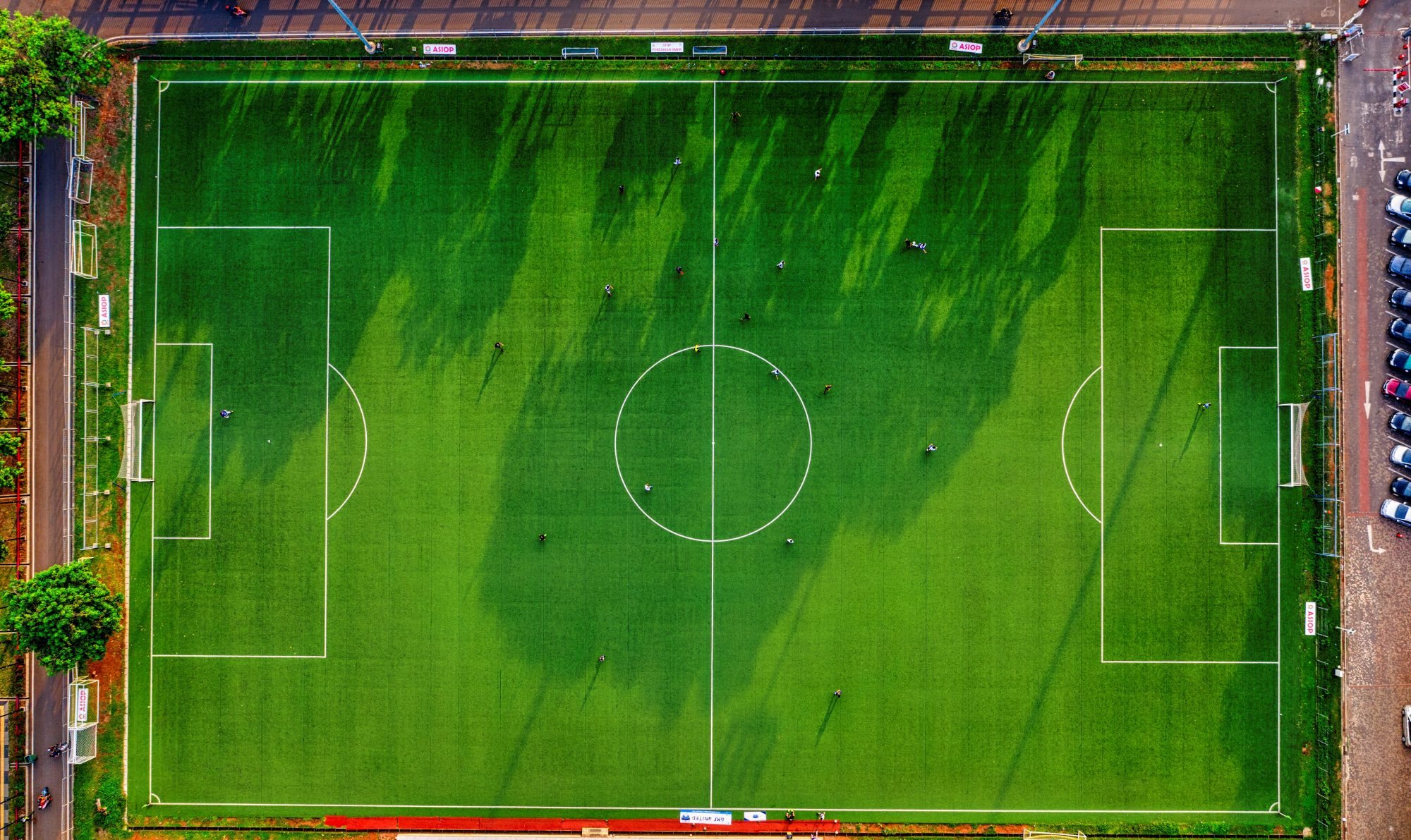

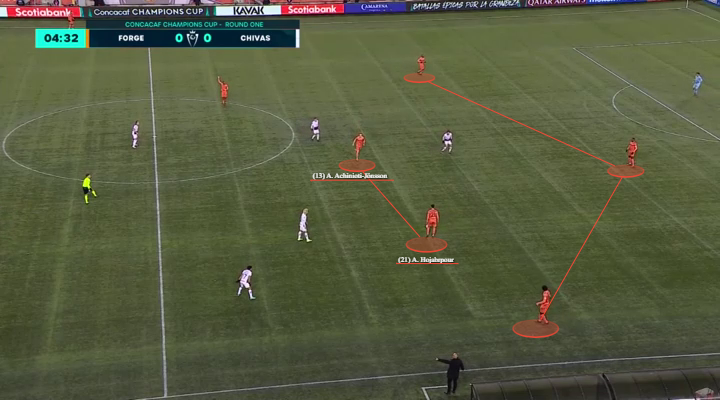
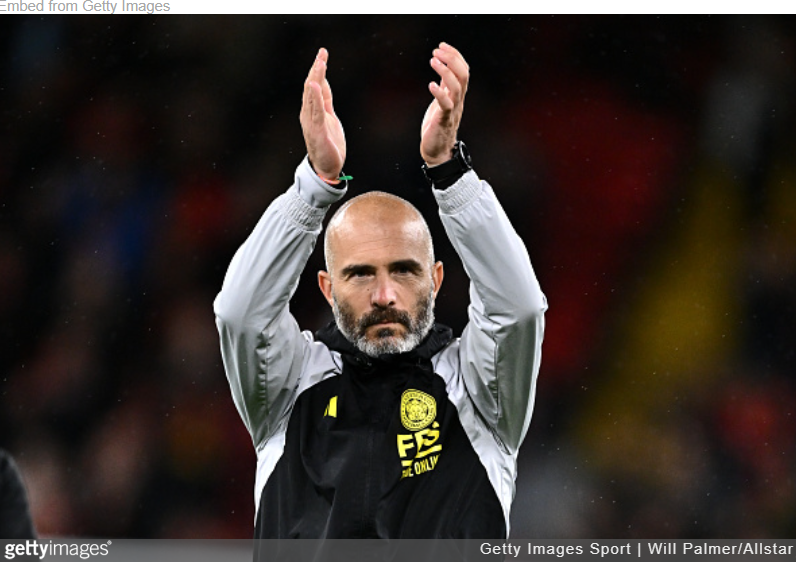


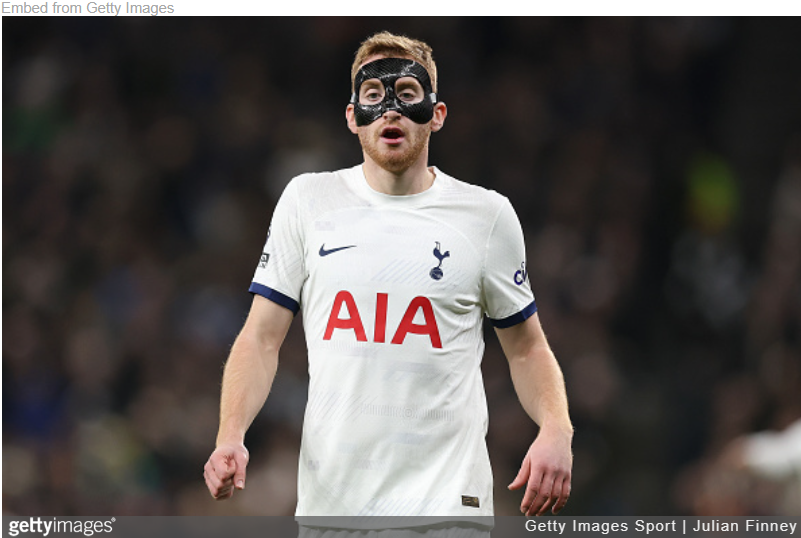

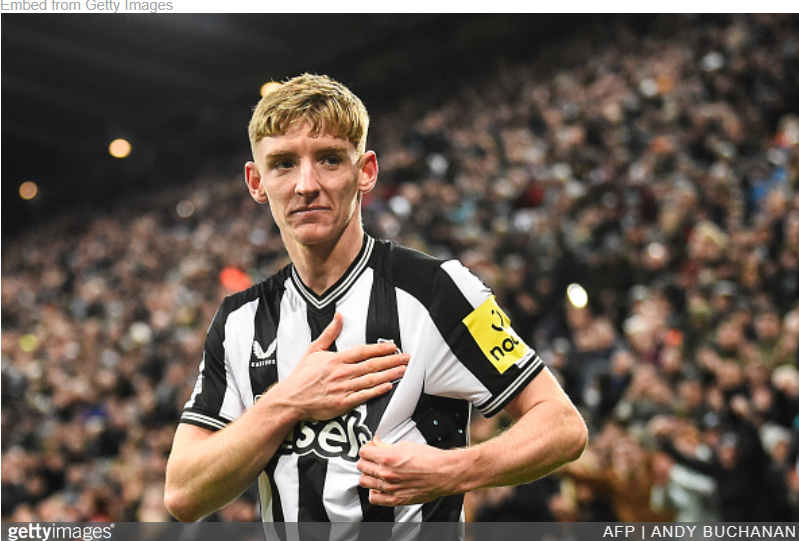
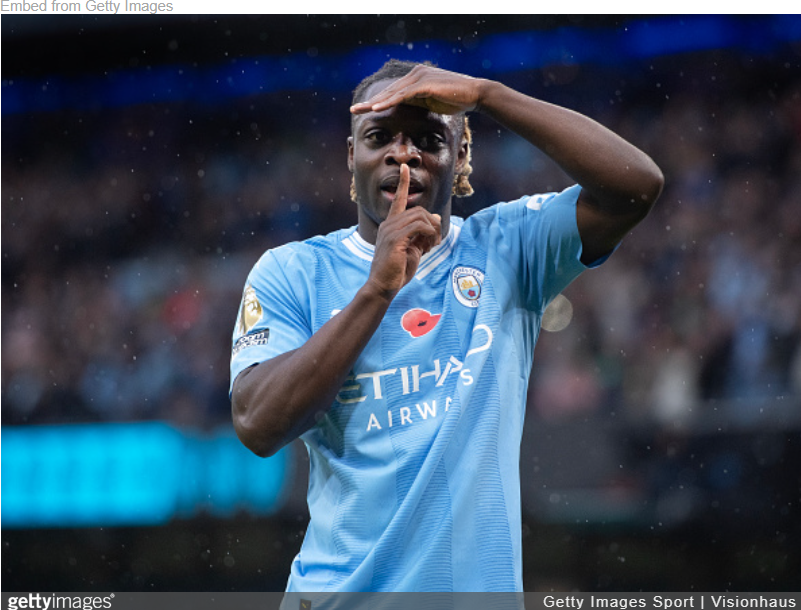
38 thoughts on “Edin Terzic – Borussia Dortmund – Tactical Analysis”